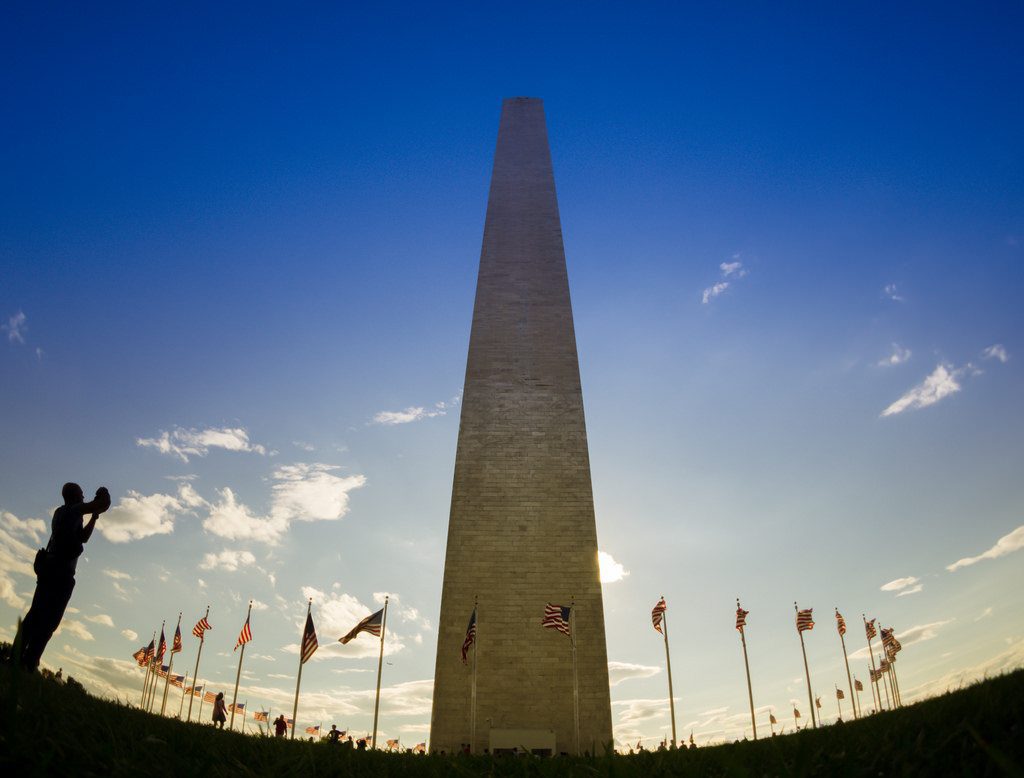U.S. Workers Are Taking a Bit More Vacation Despite Their Employers

Skift Take
The U.S. vacation deprivation phenomenon is a nationwide, coast-to-coast problem but seems to be especially apparent in large east and west coast markets that are often the bread and butter of many travel brands' business.
The United States' no-vacation nation problem was slightly softened last year: The average American took 16.8 vacation days in 2016 compared to 16 days in 2014, a 5 percent increase.
But vacation benefits and actual workplace cultures around paid time off are often a horse of a different color, and a new survey from a vacation research organization show that U.S. cities and states with the worst vacation track records also have many employers who don't like giving their workers vacation time.
That's according to U.S. Travel's Project: Time Off coalition, which found that in 2016, 662 million vacation days were left on the table.
Many of the vacation days left unused can't be rolled over each year -- and that costs a pretty penny. The time that cannot be rolled over, banked or paid out is down eight percent from 2015 to 206 million forfeited days.
Last year, United States employees gave up $66.4 billion in lost vacation benefits, about $604 on average per employee.
But if those vacation days had been used, they would have helped generate $128 billion in direct spending and an overall economic impact of $236 billion for the U.S. economy, according to Project: Time Off.
The group worked with market research organization GfK to conduct an online survey of more than 7,300 U.S. workers from January 26-February 20, 2017. Respondents were ages 18 and older and worked more than 35 hours a week
and received paid time off from their employer.
Dat
